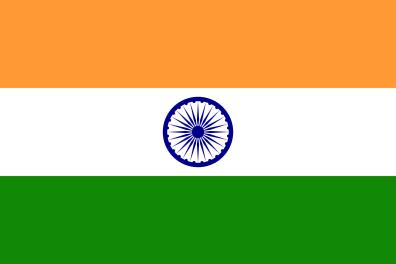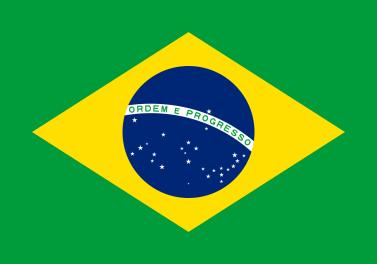Donate to Support Supercluster
Your support makes the Astronaut Database and Launch Tracker possible, and keeps all Supercluster content free.
SUPPORTSupercluster on Patreon
Your support makes the Astronaut Database and Launch Tracker possible, and keeps all Supercluster content free.
SUPPORTThis goes
to space
Amazônia-1
Amazônia-1
The first Earth observation satellite designed and developed completely by Brazil.
Previously called Satélite de Sensoriamento Remoto (SSR-1), Amazônia-1 faced several development and launch delays between 1999 and 2005 over lack of funding, contract disputes, lack of political interest, and cancellation of the rocket it was supposed to launch on.
The program was revived in 2012, with three satellites planned to launch by 2018. Amazônia-1 will be the first to launch nearly 21 years after development first began.
Once in orbit, the satellite will have a planned two year operational life. Its vision systems will be able to see down to 40 meters across a 760 km field of view.
Amazônia-1 will be placed into a Sun-synchronous orbit, passing over the same location on Earth at the same local solar time every four days. This is a fancy way of saying that the Sun will be at the same place in the sky every time the satellite passes over regardless of season.
Image: Amazônia-1. Credit: National Institute for Space Research

On this
rocket
Polar Satellite Launch Vehicle - DL
PSLV-DL
The Polar Satellite Launch Vehicle - DL (PSLV-DL) is the two side-mounted solid rocket booster configuration of the overall PSLV family of expendable rockets flown by the Indian Space Research Organisation (ISRO).
It was built to fill the payload launch gap in capabilities between the PSLV-Core Alone (no side-mounted solid rocket boosters) and PSLV-QL (four boosters).
The rocket also reduces the cost of science and defence mission launches.
Its first flight occurred on January 24th, 2019 when it took the Microsat-R Earth observation satellite to space for the Indian Department of Defence.
The rocket uses a mixture of solid and liquid propellant stages to get to orbit. The first stage, also called the core, is a solid propellant rocket, and the two side-mounted solid propellant boosters are bolted to it.
A liquid fueled second stage then takes over, followed by a third stage that is powered by solid propellant.
A liquid fueled fourth stage serves as the final part of the rocket. The engines on this stage are restartable to place satellites into their proper orbits.
Image: PSLV-DL. Credit: ISRO

From this
launch site
First Launch Pad - Satish Dhawan Space Centre - Sriharikota, India
Satish Dhawan Space Centre or Sriharikota Range is a rocket launch center operated by the Indian Space Research Organisation. It is located in Sriharikota in Andhra Pradesh.
Chosen for its remote location, the center became operational in 1971 and hosted its first launch that year for a suborbital mission.
The first orbital launch took place on August 10, 1979.
The spaceport received its current name in 2005 when it was named in honor of Satish Dhawan, the former head of the Indian Space Research Organisation.
The facility has two launch pads and will be the base of India's upcoming human spaceflight program.
Image: ISRO

Here's where to view Amazônia-1
Viewing Sites
- Satish Dhawan Launch Viewing Gallery
GET THE SUPERCLUSTER APP
THE SUPERCLUSTER PODCAST
A podcast exploring the amazing milestones that changed space history, the wildest ideas that drive our future, and every development in this new Golden Age of Space.
Donate to support
Your support makes the Astronaut Database and Launch Tracker possible, and keeps all Supercluster content free.
SupportCOPYRIGHT 2021 SUPERCLUSTER LLC

